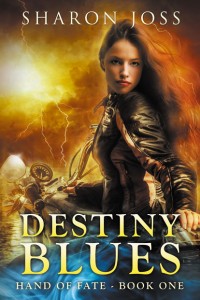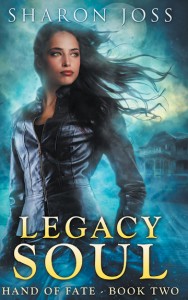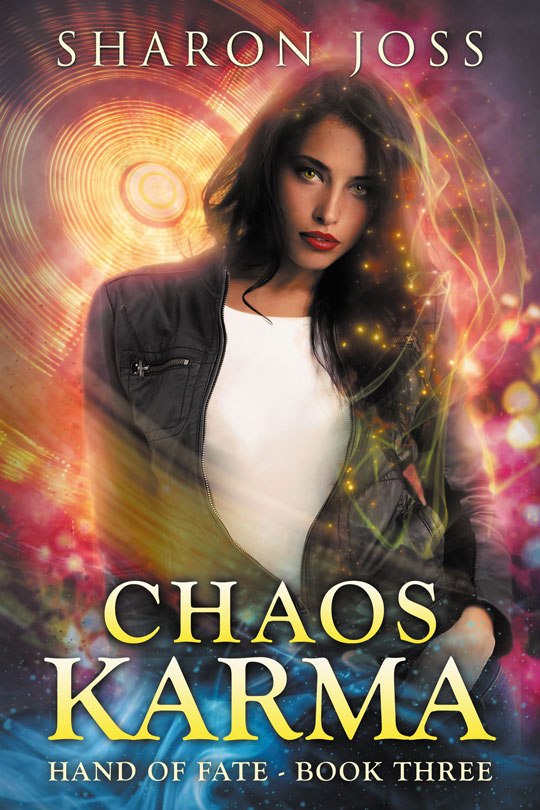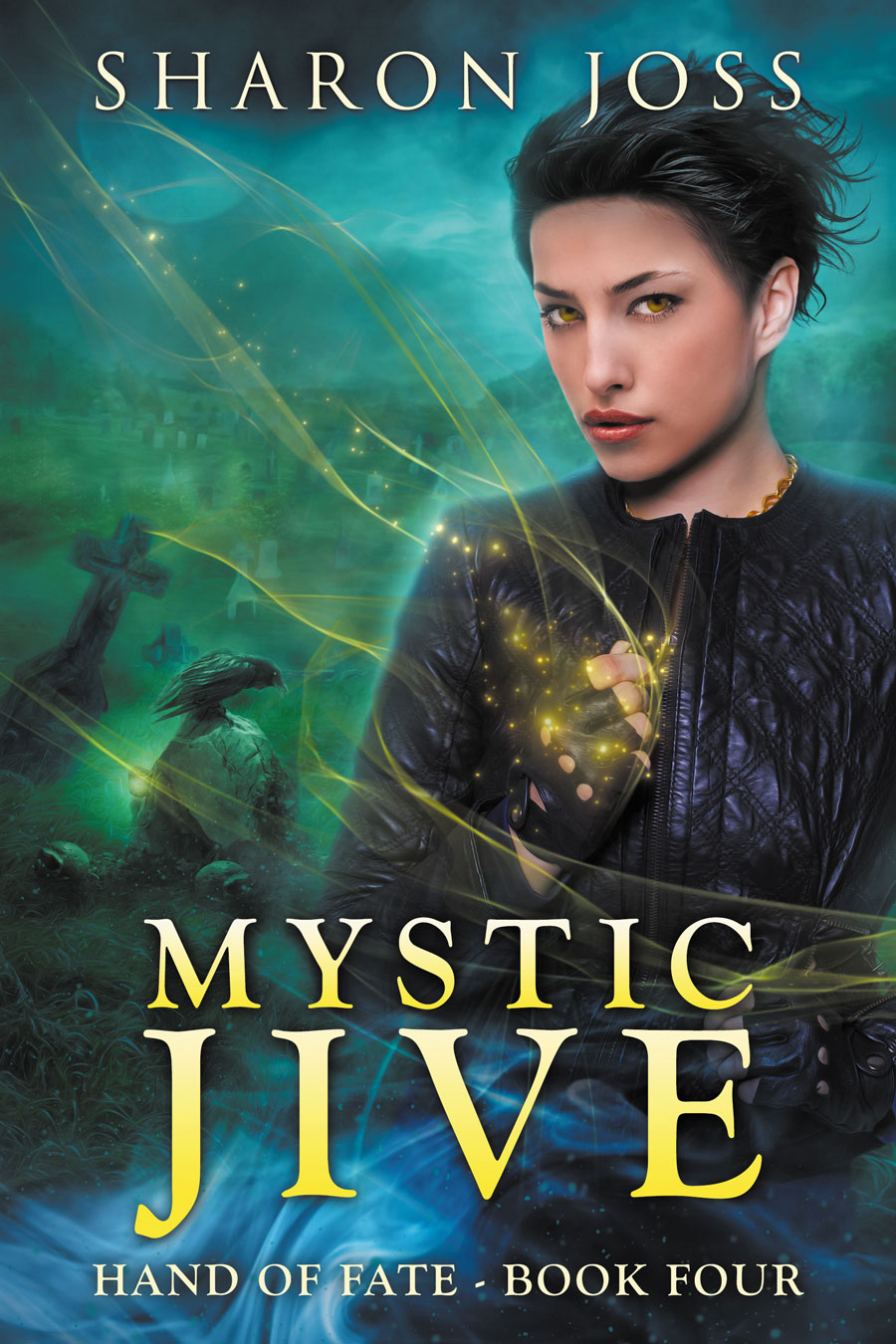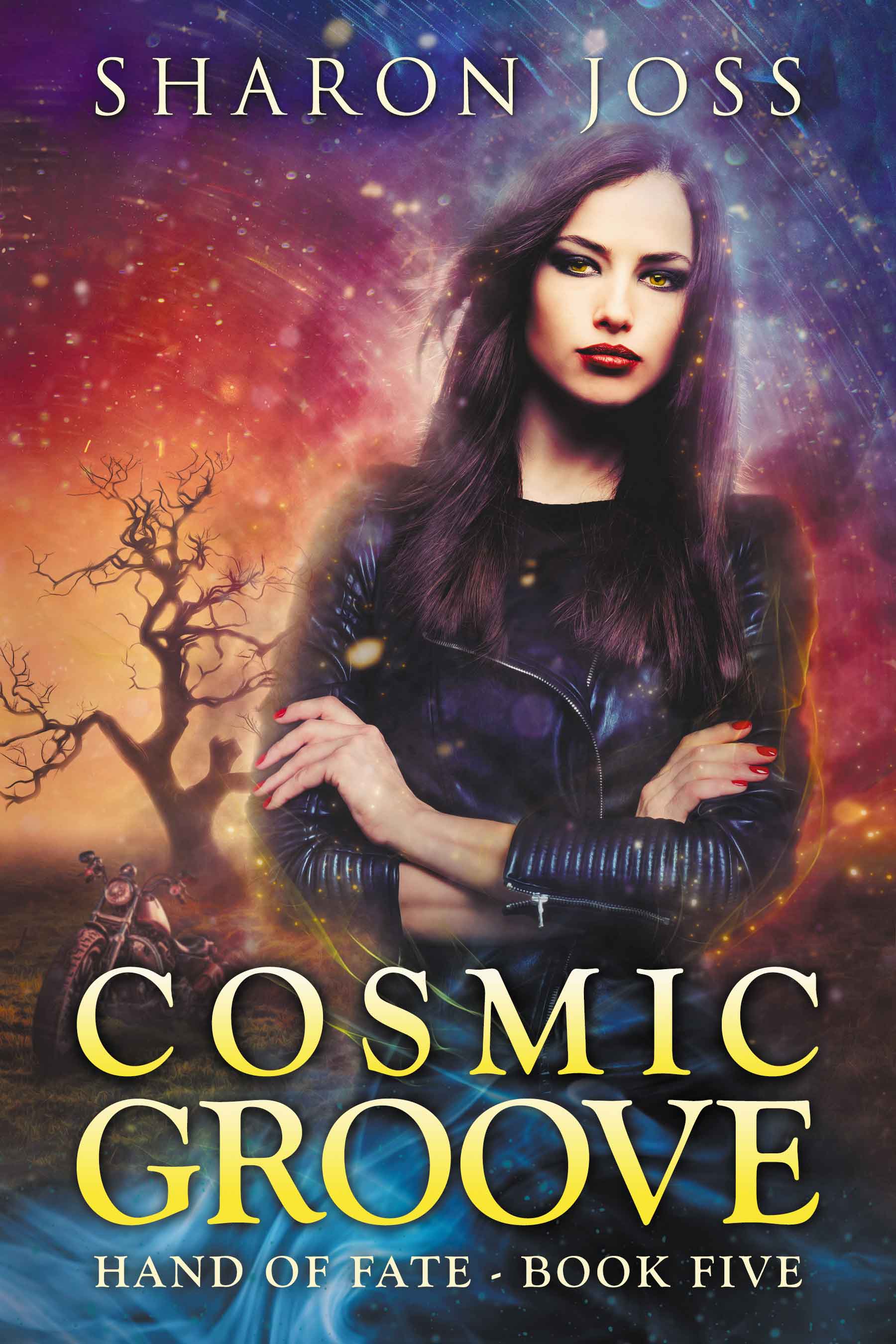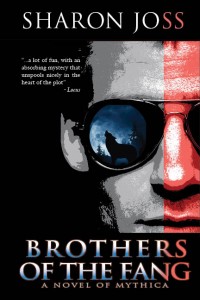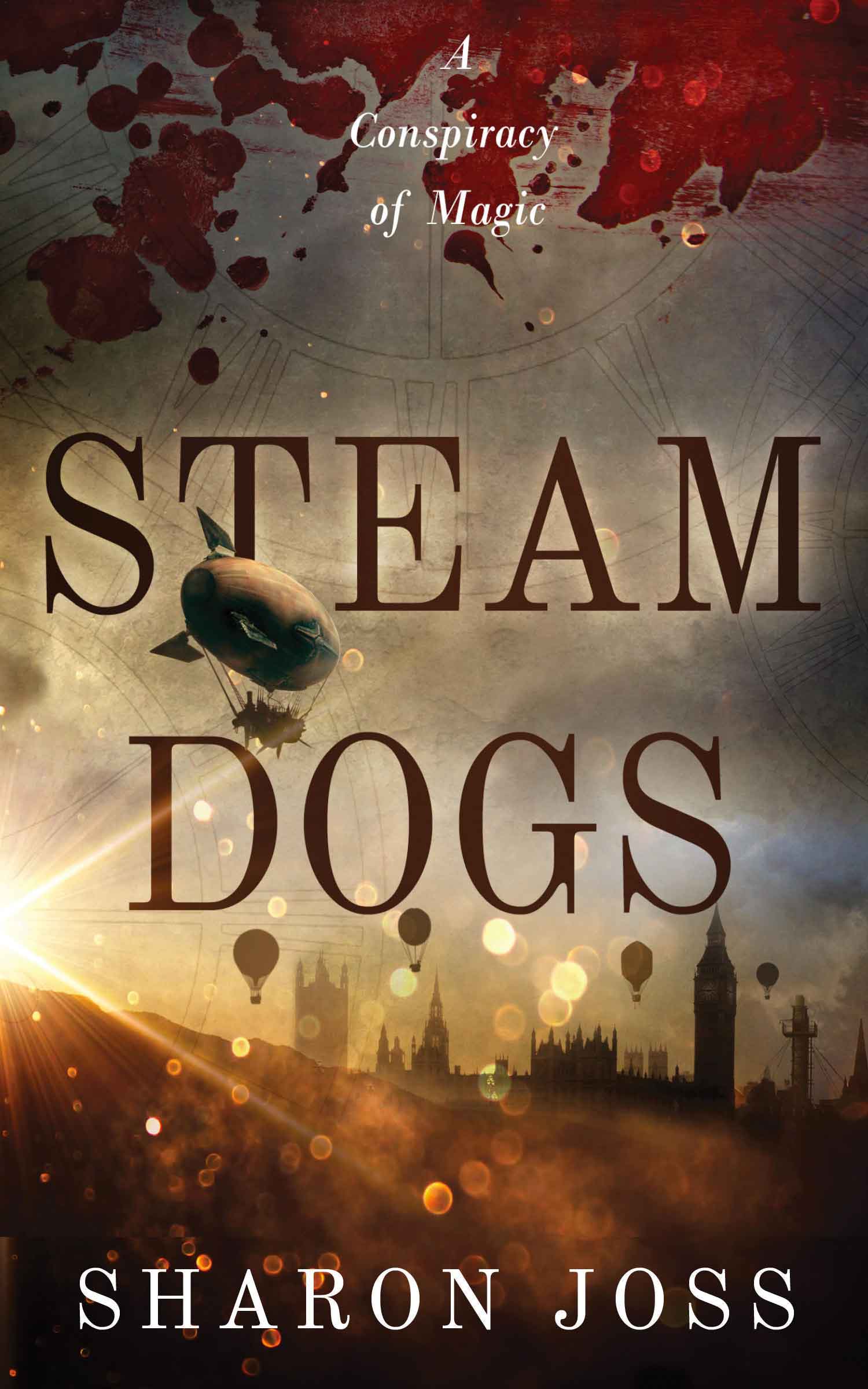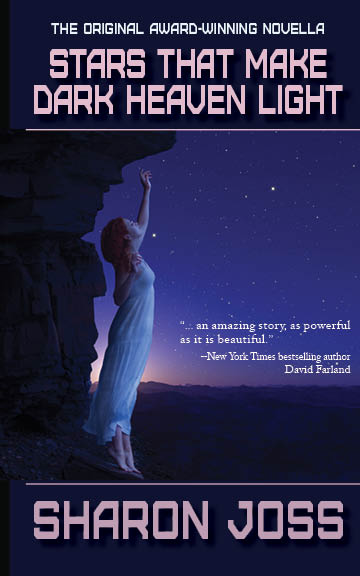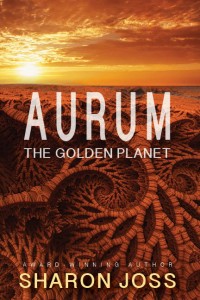I had an unusually dramatic weekend this weekend. My sister and I took in the opening night play at the Idaho Shakespeare Festival presentation of Romeo and Juliet, and the very next day, we went to see Snow White and the Huntsman at the movies. Both experiences were entertaining, even though both stories (and their outcomes) were well known to both of us.
That got me thinking. People say that there are no new plots, only variations on existing plots, and based on my experience with Juliet and Snow this weekend, I tend to agree. Each dramatic version presented offered up a new interpretation, in an effort to entertain audiences with stories which have been told and retold for literally hundreds of years.
The famous Shakespeare play was performed outside in a beautiful amphitheatre under a nearly-full moon. The staging and costumes were styled as 1920’s Verona. The Capulet family was dressed all in lavender and black; the Montagues in black and white. In this play, Juliet’s portrayal was probably closer in temperament to modern teen-agers than her originally-penned character. To me, her madness seemed rooted more in her desire to thwart her parent’s choice of an appropriate husband than any strong feelings for Romeo. Her laments reminded me of contemporary urban youth; even to the whiny pitch of her voiced complaints. She could have been bemoaning the loss of her cell-phone as much as her boyfriend.
On the other hand, Snow White’s drama focused on a determined young woman coming into her own, and no longer willing to be a victim. The evil queen is given equal time for rebuttal, and her portrayal is both thrilling and truly disturbing. There were no drawn-out soliloquies here, the dialog was purposeful and to the point. What made the story-telling special was the surprising revisioning of the characters and action in all its glorious photography and truly special effects. Unlike Juliet’s closed ending, the final scene in Snow White is open-ended. Yes, she’s defeated evil and regained her throne, but we the audience are no longer satisfied with that. We want more. That’s the sign of a good story.
I wasn’t particularly moved by the play, although I enjoyed the costumes, lighting, music, and even the bird calls. I expected a similar reaction to the Grimm’s fairy tale, and was delighted by the surprising twists and turns the story took while still remaining true to the original. The lesson (to me) is to remember that even an old story can learn new tricks. Telling details, surprising characterizations, new conflicts, and action can make even the most well-known fairy tales seem brand-new again. And when in doubt, throw in a troll for good measure.

